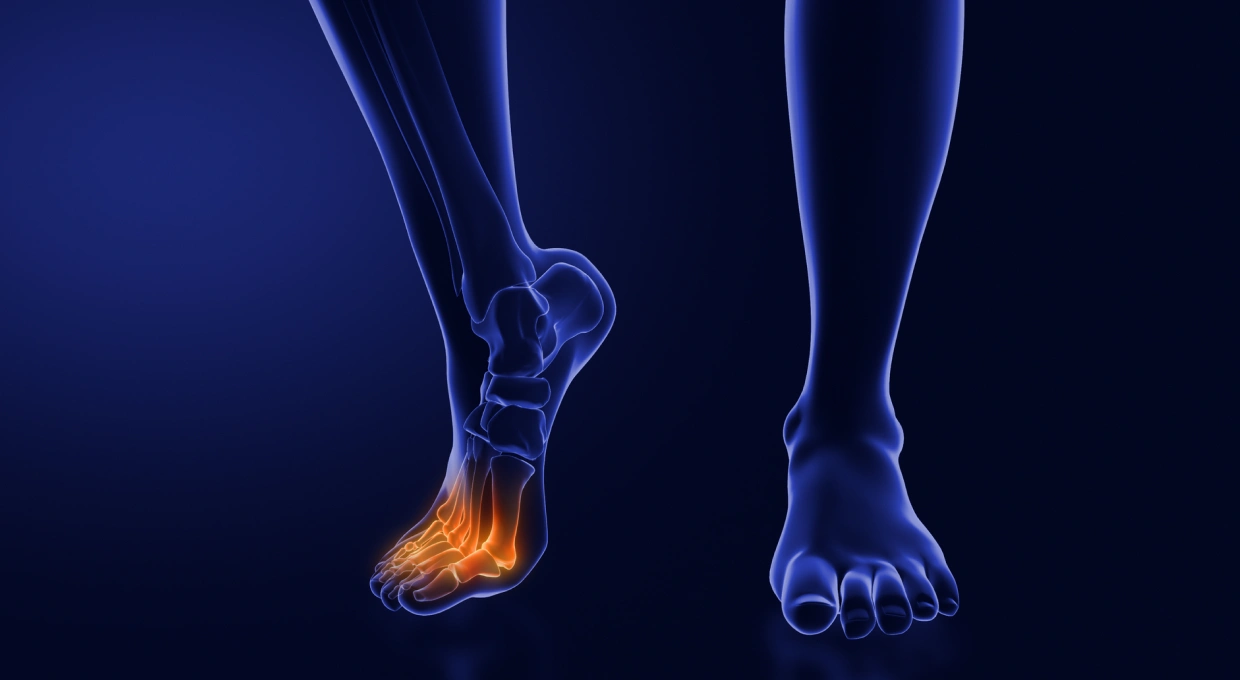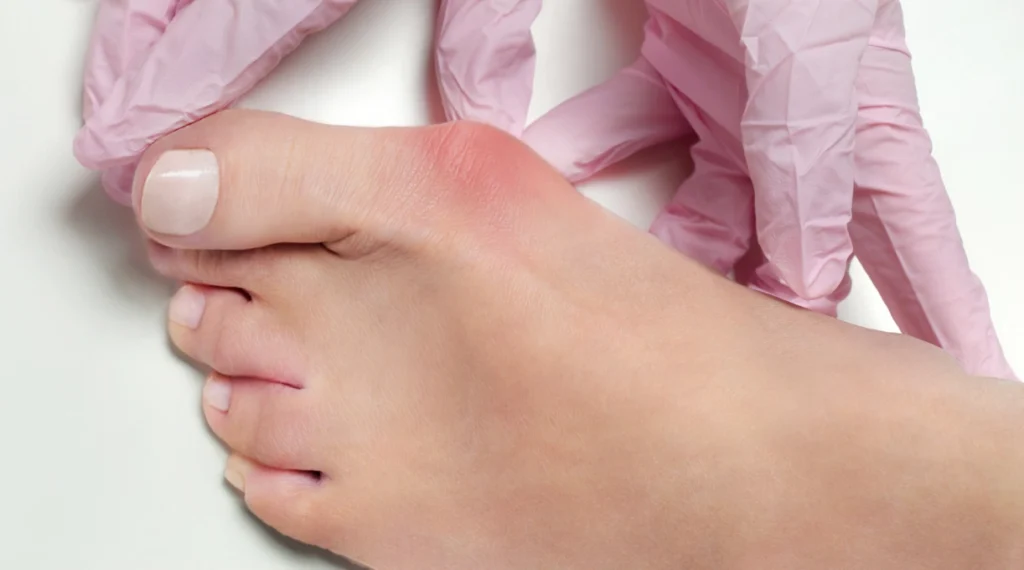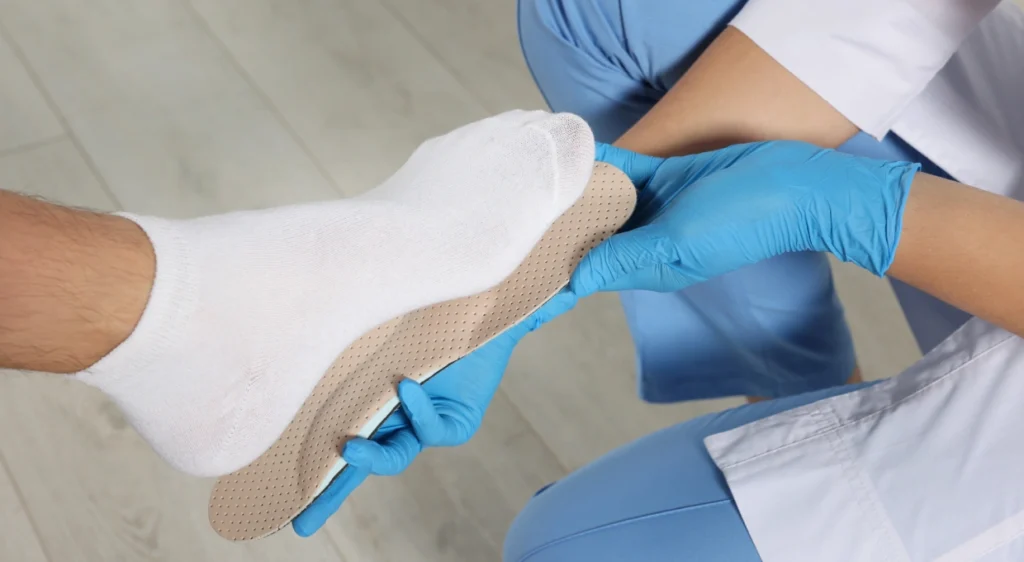Metatarsalgia: What you should know
Metatarsalgia is a common condition affecting the metatarsal area, the bones located in the front part of the foot. It is characterized by severe and often disabling pain that can significantly interfere with daily activities. In this article, we will explore in depth what metatarsalgia is, its causes, symptoms, treatments and how to prevent it.
What is metatarsalgia?
Metatarsalgia is a general term used to describe pain and inflammation in the ball of the foot. This condition occurs when one or more of the metatarsals, the long bones located at the front of the foot, are subjected to excessive stress.
Causes of metatarsalgia
There are several causes that may contribute to the development of metatarsalgia, including:
- Intense physical activity: High-impact sports such as running or jumping can put excessive pressure on the metatarsals.
- Improper footwear: Shoes with hard soles, high heels or insufficient support can aggravate pressure on the ball of the foot.
- Foot deformities: Conditions such as bunions, hammertoes or high arches can alter weight distribution in the foot.
- Weight overload: Overweight increases pressure on the feet, which can trigger metatarsal pain.

Symptoms of metatarsalgia
Common symptoms of metatarsalgia include:
- Sharp or stabbing pain in the ball of the foot.
- Burning or stinging sensation in the affected area.
- Pain that worsens with walking, running or standing.
- Tingling or numbness in the toes.
Diagnosis of metatarsalgia
Diagnosis of metatarsalgia usually involves a detailed physical examination of the foot, as well as a review of the patient’s medical history and symptoms. In some cases, imaging tests such as X-rays or MRIs may be necessary to rule out other conditions.
Treatments for metatarsalgia
Treatment of metatarsalgia can vary depending on the severity of symptoms and the underlying cause. Some treatment options include:
- Rest: Avoiding activities that aggravate pain is essential for recovery.
- Application of ice: Applying ice to the affected area can reduce inflammation and relieve pain.
- Proper footwear: Wearing shoes with good support and cushioning can help distribute body weight better.
- Orthopedic insoles: Custom insoles can provide additional support and correct foot alignment problems.
- Medications: Analgesics and anti-inflammatory medications can help control pain and inflammation.
- Physical therapy: Specific exercises and physical therapy techniques can strengthen the foot muscles and improve mobility.
Prevention of metatarsalgia
To prevent metatarsalgia, it is important:
- Wear appropriate footwear that provides good support and cushioning.
- Avoid prolonged use of high heels or narrow shoes.
- Maintain a healthy weight to reduce pressure on the feet.
- Perform strengthening and stretching exercises for the feet.
- Take regular breaks if intense physical activity is performed.
Metatarsalgia can be a painful and debilitating condition, but with proper treatment and precautions, it is possible to relieve symptoms and prevent recurrence. If you experience persistent pain in the ball of your foot, it is advisable to consult a podiatric specialist for proper diagnosis and treatment. At Clinica San Roman, we have a team of podiatric experts who can help you manage metatarsalgia and other foot conditions. Don’t hesitate to contact us for more information or to schedule an appointment.



